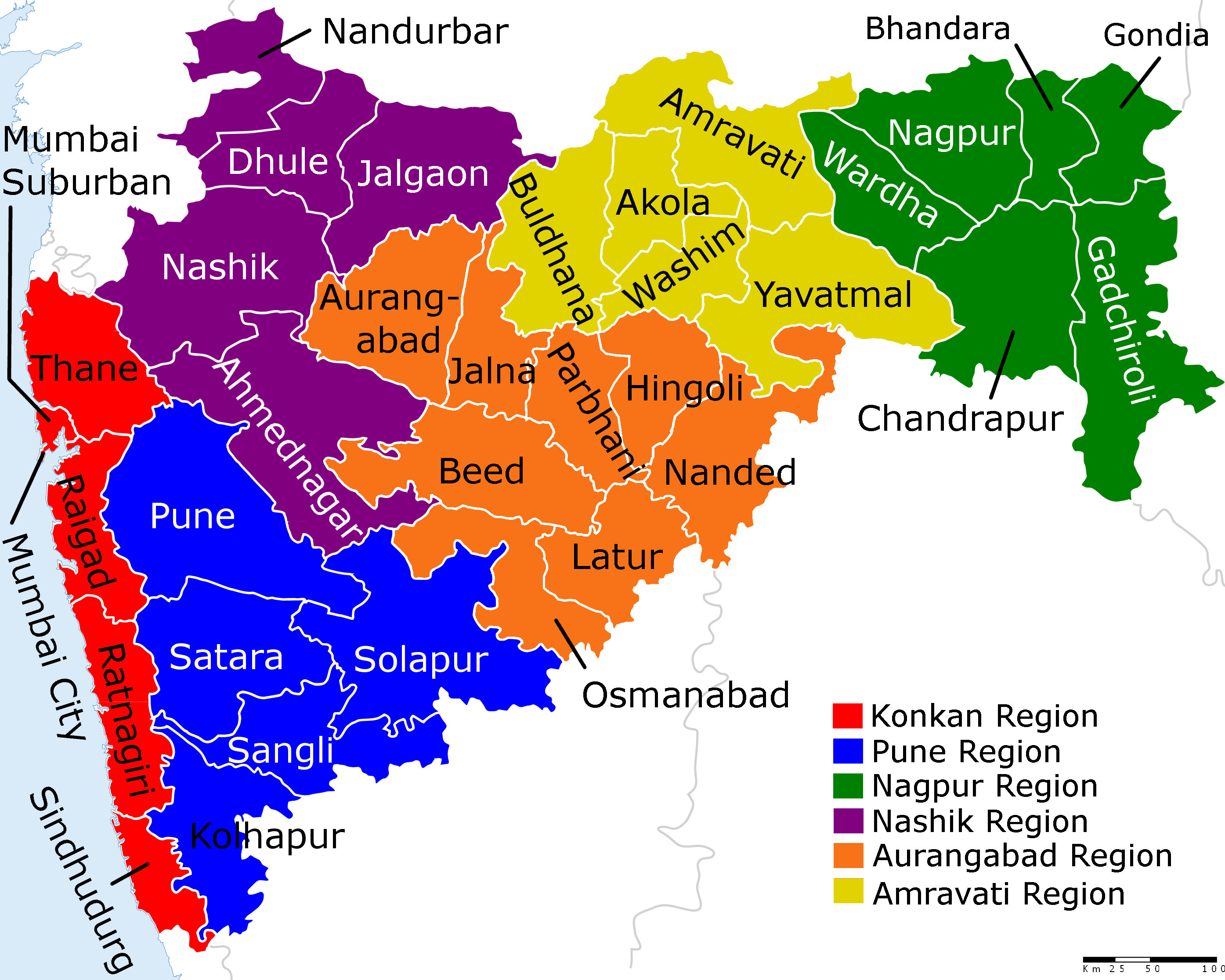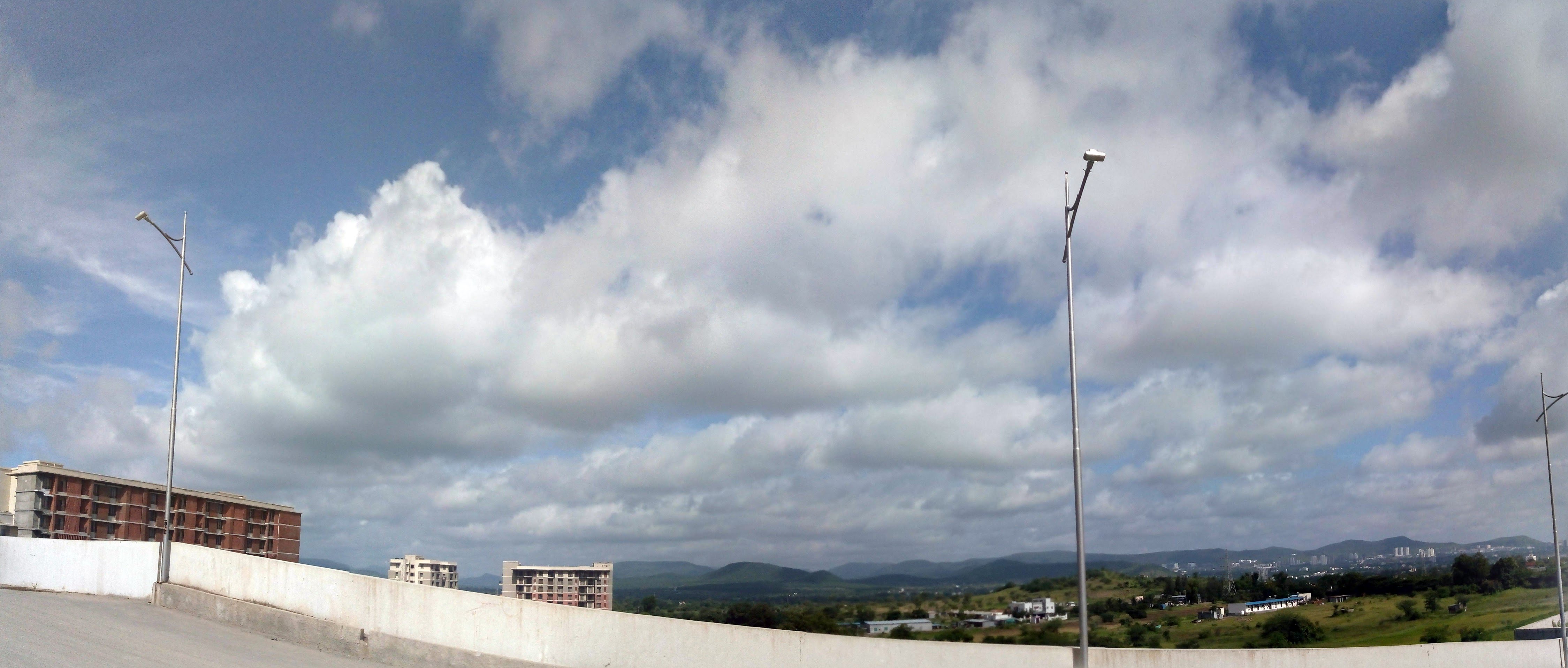|
Ambemohar
Ambemohar is a fragrant rice variant grown in the foothills of the Western ghats region of the state of Maharashtra in India. History and etymology The word Ambemohar means mango blossom in the Marathi language, which is spoken in the state of Maharashtra where the cultivar originates. The rice has a strong aroma reminiscent of mango blossoms, and has been cultivated in the region for a long time. A century ago about 54,000 tons of the variety was produced in the Mulshi region of the Pune district. Production and cultivation The variety is grown in the foothills of the Western ghats region of the state of Maharashtra in India. It is a low yielding rice (1.9 ton/ha). The grains are short (5.5 mm) and wide (2.2 mm) compared to the well known basmati rice. Both varieties have similar degree of fragrance. The variety is therefore included in the class of Aromatic rice such as Basmati. The short cooked grains have a tendency to break easily and stick together. Related ... [...More Info...] [...Related Items...] OR: [Wikipedia] [Google] [Baidu] |
Pune District
Pune district (Marathi pronunciation: Help:IPA/Marathi, [puɳeː]) is the most populous district in the Indian state of Maharashtra. The district's population was 9,429,408 in the 2011 census, making it the fourth most populous district amongst India's 640 List of districts in India, districts. This district has an urban population of 58.08 percent of its total. It is one of the most industrialized districts in India. In recent decades it has also become a hub for information technology. Officer Members of Parliament *Girish Bapat (Bharatiya Janata Party, BJP) - *Supriya Sule (Nationalist Congress Party, NCP) - *Amol Kolhe, Dr. Amol Kolhe (Nationalist Congress Party, NCP) - *Shrirang Barne (Balasahebanchi Shiv Sena, BSS) - Guardian Minister list of Guardian Minister District Magistrate/Collector list of District Magistrate / Collector District Justice District Police Commissioner list of District Police Commissioner President & Vice-President ... [...More Info...] [...Related Items...] OR: [Wikipedia] [Google] [Baidu] |
Rice
Rice is the seed of the grass species ''Oryza sativa'' (Asian rice) or less commonly ''Oryza glaberrima ''Oryza glaberrima'', commonly known as African rice, is one of the two domesticated rice species. It was first domesticated and grown in West Africa around 3,000 years ago. In agriculture, it has largely been replaced by higher-yielding Asian r ...'' (African rice). The name wild rice is usually used for species of the genera ''Zizania (genus), Zizania'' and ''Porteresia'', both wild and domesticated, although the term may also be used for primitive or uncultivated varieties of ''Oryza''. As a cereal, cereal grain, domesticated rice is the most widely consumed staple food for over half of the world's World population, human population,Abstract, "Rice feeds more than half the world's population." especially in Asia and Africa. It is the agricultural commodity with the third-highest worldwide production, after sugarcane and maize. Since sizable portions of sugarcane and ma ... [...More Info...] [...Related Items...] OR: [Wikipedia] [Google] [Baidu] |
Mulshi Taluka
Mulshi taluka is a taluka in Maval subdivision of Pune district of state of Maharashtra in India. Mulshi consisted of Pune Metropolitan Region & Villages. Pune Metropolitan Region & Villages in Mulshi taluka * Adgaon (Mulshi) * Admal * Akole (Mulshi) * Amarale Wadi * Ambadwet * Ambarwet * Ambavane * Ambegaon (Mulshi) * Andeshe * Andgaon * Andhale * Asade * Barpe Bk. * Bavadhan BK * Belawade (Pune Metropolitan Region) * Bembatmal * Bhadas Bk. * Bhalgudi * Bhambarde * Bhare * Bharekarwadi * Bhegadewadi * Bhode * Bhoini * Bhoirwadi (Pune Metropolitan Region) * Bhugaon * Bhukum * Botarwadi * Chale (Mulshi) * Chande (Mulshi) * Chandivali (Mulshi) * Chikhalgaon * Chikhali Bk. * Chinchwad * Dakhane * Darawali * Dasave * Dattawadi * Dattwadi * Davaje *Devghar * Dhadawali * Dhamanohol * Disali * Dongargaon (Mulshi) * Ekole * Gadale * Gavadewadi * Ghotavade * Ghutake * Godambewadi *Hinjawadi (Pune Metropolitan Region) * Hadashi * Hotale * Hulavalewadi * Jambe (Mulshi) * J ... [...More Info...] [...Related Items...] OR: [Wikipedia] [Google] [Baidu] |
Agriculture In Maharashtra
The economy of the state of Maharashtra is the largest in India. It is one of the most urbanised of Indian States. Mumbai, the capital of Maharashtra is considered the financial capital of India with the headquarters of almost all major banks, financial institutions, insurance companies and mutual funds being based in the city. India's largest stock exchange Bombay Stock Exchange, the oldest in Asia, is also located in the city. More than 41% of the ''S&P CNX 500'' conglomerates have corporate offices in Maharashtra. Maharashtra is India's second most industrialised state contributing 20% of national industrial output. Almost 46% of the GSDP is contributed by industry. Maharashtra has software parks in many cities around the state, and is the second largest exporter of software with annual exports over 80,000 crores. Although highly industrialized, agriculture continues to be the main occupation in many regions of the state. 24.14% of the working age population is employed i ... [...More Info...] [...Related Items...] OR: [Wikipedia] [Google] [Baidu] |
Rice Varieties
This is a list of rice cultivars, also known as rice varieties. There are several species of grain called rice. Asian rice (''Oryza sativa)'' is most widely known and most widely grown, with two major subspecies (''indica'' and ''japonica'') and over 40,000 varieties. Also included in this list are varieties of African rice (''Oryza glaberrima'') and wild rice (genus ''Zizania''). Rice may vary in genetics, grain length, color, thickness, stickiness, aroma, growing method, and other characteristics, leading to many cultivars. For instance, over nine major rice cultivars exist to make sake alone. The two subspecies of Asian rice, indica and japonica, can generally be distinguished by length and stickiness. Indica rice is long-grained and unsticky, while japonica is short-grained and glutinous. Rice can also be divided based on processing type into the two broad categories of brown and white. Brown rice is whole grain, with only the inedible hull of the seed removed, while white r ... [...More Info...] [...Related Items...] OR: [Wikipedia] [Google] [Baidu] |
Wehani Rice
Wehani rice, known as California Red Jasmine Rice, is a variety of aromatic brown rice developed in the late 20th century by Lundberg Family Farms of Richvale, California. It is a registered trademark of Lundberg Family Farms, the only company that grows it. The name of the rice originates from the brothers of the family, Wendell, Eldon, Homer, Albert, and Harlan Lundberg. Wehani rice was developed from basmati rice seeds, which originate from India. The grains of Wehani rice are reddish-brown in color and resemble wild rice. When cooked, the rice produces an aroma similar to that of hot buttered popcorn or peanuts and is slightly chewy in texture. Being developed from basmati rice, this variety of rice can be classified as ''Oryza sativa'', or Asian rice. It can be placed more specifically in the ''indica'' subspecies. See also * List of rice varieties * Ambemohar * Basmati rice * Jasmine rice * ''Oryza sativa ''Oryza sativa'', commonly known as Asian rice or indica rice, i ... [...More Info...] [...Related Items...] OR: [Wikipedia] [Google] [Baidu] |
Oryza Sativa
''Oryza sativa'', commonly known as Asian rice or indica rice, is the plant species most commonly referred to in English as ''rice''. It is the type of farmed rice whose cultivars are most common globally, and was first domesticated in the Yangtze River basin in China 13,500 to 8,200 years ago. ''Oryza sativa'' belongs to the genus '' Oryza'' of the grass family Poaceae. With a genome consisting of 430 Mbp across 12 chromosomes, it is renowned for being easy to genetically modify and is a model organism for the botany of cereals. Classification ''Oryza sativa'' contains two major subspecies: the sticky, short-grained ''japonica'' or ''sinica'' variety, and the nonsticky, long-grained ' rice variety. ''Japonica'' was domesticated in the Yangtze Valley 9–6,000 years ago, and its varieties can be cultivated in dry fields (it is cultivated mainly submerged in Japan), in temperate East Asia, upland areas of Southeast Asia, and high elevations in South Asia, while ''indica'' w ... [...More Info...] [...Related Items...] OR: [Wikipedia] [Google] [Baidu] |
List Of Rice Varieties
This is a list of rice cultivars, also known as rice varieties. There are several species of grain called rice. Asian rice (''Oryza sativa)'' is most widely known and most widely grown, with two major subspecies (''indica'' and ''japonica'') and over 40,000 varieties. Also included in this list are varieties of African rice (''Oryza glaberrima'') and wild rice (genus ''Zizania''). Rice may vary in genetics, grain length, color, thickness, stickiness, aroma, growing method, and other characteristics, leading to many cultivars. For instance, over nine major rice cultivars exist to make sake alone. The two subspecies of Asian rice, indica and japonica, can generally be distinguished by length and stickiness. Indica rice is long-grained and unsticky, while japonica is short-grained and glutinous. Rice can also be divided based on processing type into the two broad categories of brown and white. Brown rice is whole grain, with only the inedible hull of the seed removed, while white r ... [...More Info...] [...Related Items...] OR: [Wikipedia] [Google] [Baidu] |
Jasmine Rice
Jasmine rice ( th, ข้าวหอมมะลิ; ; ) is a long-grain variety of fragrant rice (also known as aromatic rice). Its fragrance, reminiscent of ''pandan'' (''Pandanus amaryllifolius'') and popcorn, results from the rice plant's natural production of aroma compounds, of which 2-acetyl-1-pyrroline is the most salient. A rapid loss of aromatic intensity leads many Southeast Asians and connoisseurs to prefer each year's freshly harvested "new crop" of jasmine rice. Jasmine rice is a variety of ''Oryza sativa''. Jasmine rice is grown primarily in Thailand (''Thai hom mali'' or Thai fragrant rice), Cambodia (''phka rumduol'' or Cambodian jasmine rice), Laos, and southern Vietnam. It is moist and soft in texture when cooked, with a slightly sweet flavor. The grains cling and are somewhat sticky when cooked, though less sticky than glutinous rice ( ''Oryza sativa'' var. ''glutinosa''), as it has less amylopectin. It is about three times stickier than American long-grain ... [...More Info...] [...Related Items...] OR: [Wikipedia] [Google] [Baidu] |
Basmati Rice
Basmati, , is a variety of long, slender-grained aromatic rice which is traditionally grown in India, Pakistan, and Nepal.Big money in "specialty rices" Food and Agriculture Organization, United Nations (2002) , India accounted for 65% of the international trade in basmati rice, while Pakistan accounted for the remaining 35%. Many countries use domestically grown basmati rice crops; however, basmati is geographically exclusive to certain districts of India and Pakistan. According to the Indian Government agency APEDA, a rice variety is eligible to be called basmati if it has a minimum average precooked milled rice length of and average precooked milled rice breadth of up to , among other parameters. ...
|
Idli
Idli or idly () is a type of savoury rice cake, originating from the South India,popular as breakfast foods in Southern India and in Sri Lanka. The cakes are made by steaming a batter consisting of fermented black lentils (de-husked) and rice. The fermentation process breaks down the starches so that they are more readily metabolised by the body. Idli has several variations, including rava idli, which is made from semolina. Regional variants include '' sanna'' of Konkan. History A precursor of the modern idli is mentioned in several ancient Indian works. ''Vaddaradhane'', a 920 CE Kannada language work by Shivakotiacharya mentions "iddalige", prepared only from a black gram batter. Chavundaraya II, the author of the earliest available Kannada encyclopedia, ''Lokopakara'' (1025 CE), describes the preparation of this food by soaking black gram in buttermilk, ground to a fine paste, and mixed with the clear water of curd and spices. The Western Chalukya king and scho ... [...More Info...] [...Related Items...] OR: [Wikipedia] [Google] [Baidu] |




.jpg)


